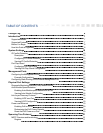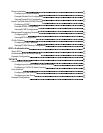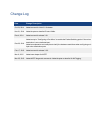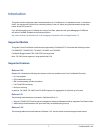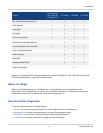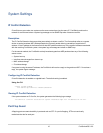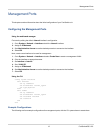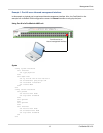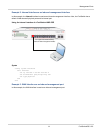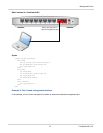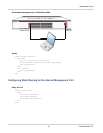
System Settings
IPConflict Detection
IP conflicts can occur when two systems on the same network are uing the same IP. FortiSwitch monitors the
network for conflicts and raises a system log message and an SNMP trap when it detects a conflict.
Description
The IP Conflict Detection feature provides two methods to detect a conflict. The first method relies on a remote
device to send a broadcast ARP (Address Resolution Protocol) packet claiming ownership of a particular IP
address. If the IP address in the source field of that ARP packet matches any of the system interfaces associated
with the receiving FortiSwitch system, the system logs a message and raises an SNMP trap.
For the second method, the FortiSwitch actively broadcasts gratuitous ARP packets when any of the following
events occurs:
l System boot-up
l Interface status changes from down to up
l MAC address change
l IP address change
If a system is using the same IP address, the FortiSwitch will receive a reply to the gratuitous ARP. If it receives a
reply, the system logs a message.
Configuring IPConflict Detection
IP conflict detection is enabled on a global basis. The default setting is enabled.
Using the CLI:
config system global
set detect-ip-conflict <enable|disable>
Viewing IPConflict Detection
If the system detects an IPConflict, the system generates the following log message:
IP Conflict: conflict detected on system interface mgmt for IP address 10.10.10.1
Port Flap Guard
A flapping port can create instability in protocols such as STP. If a port is flapping, STPmust continually
recalculate the role for each port.
10 FortiSwitchOS-3.2.0




